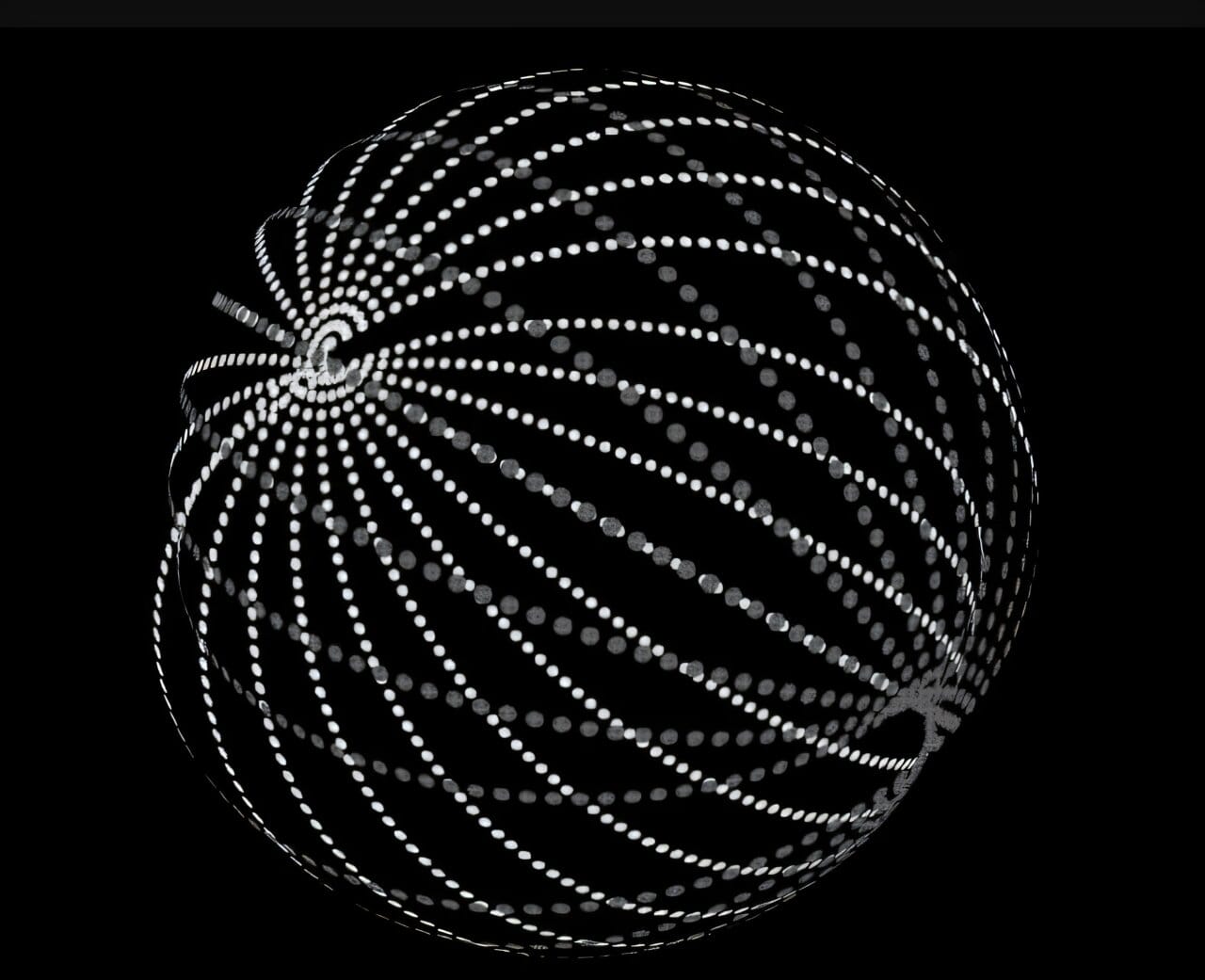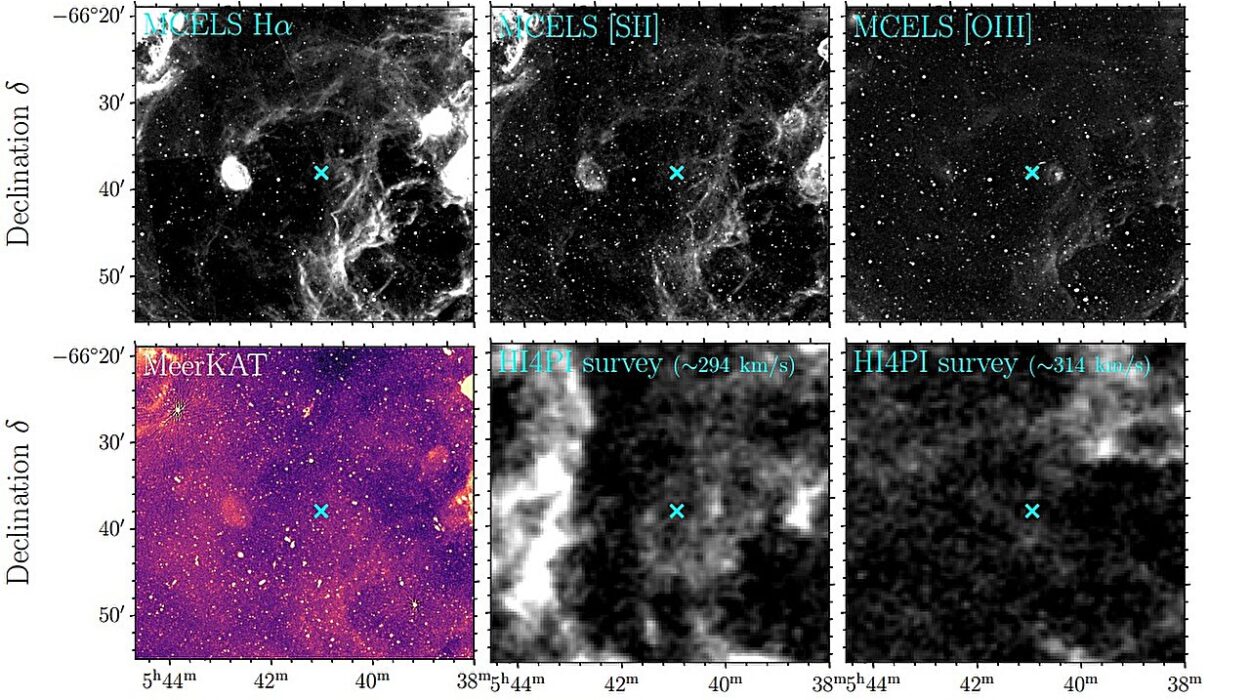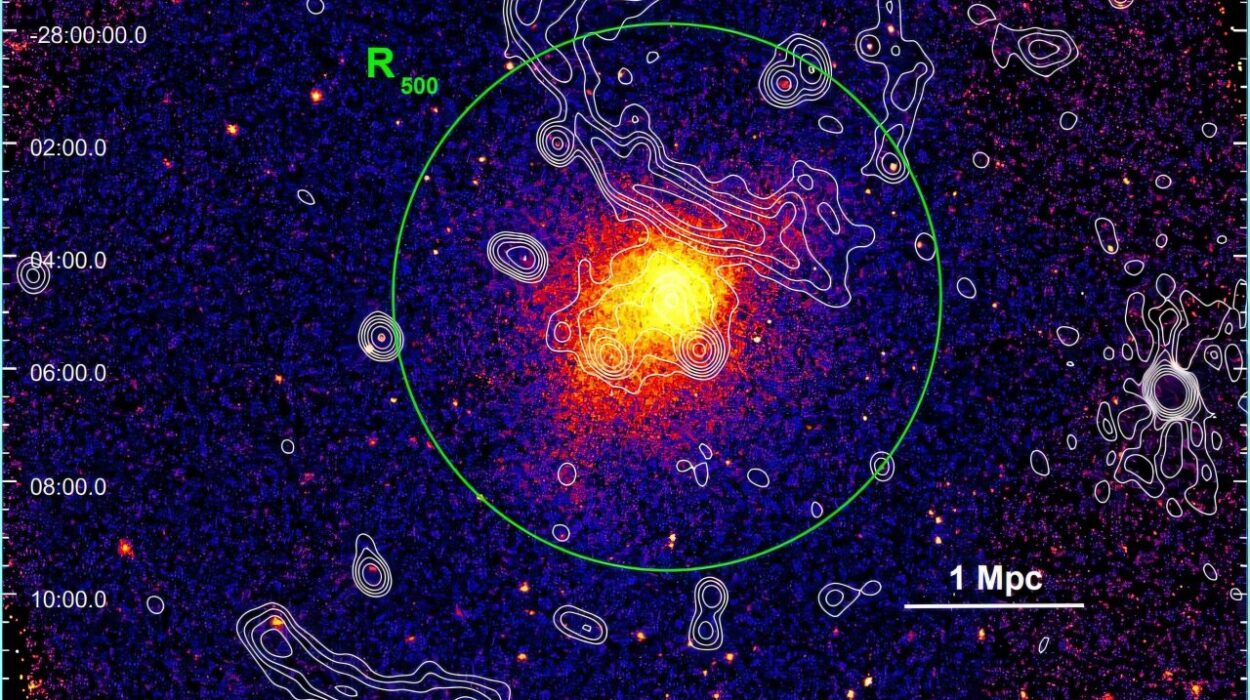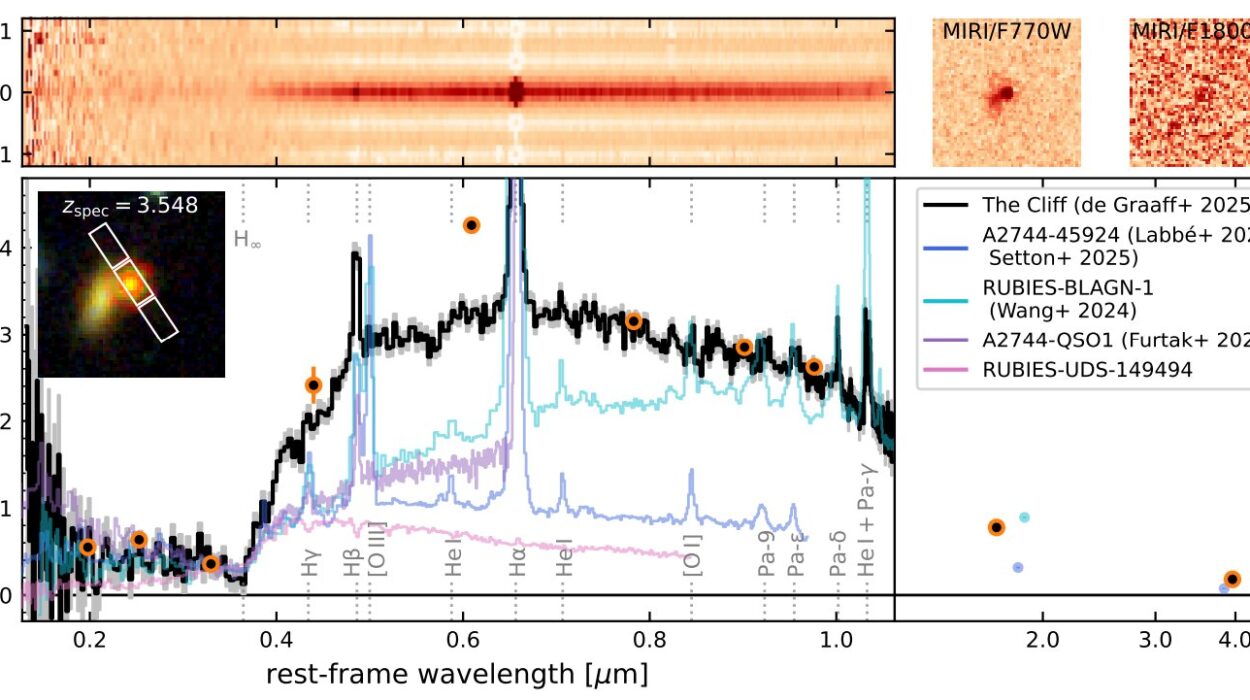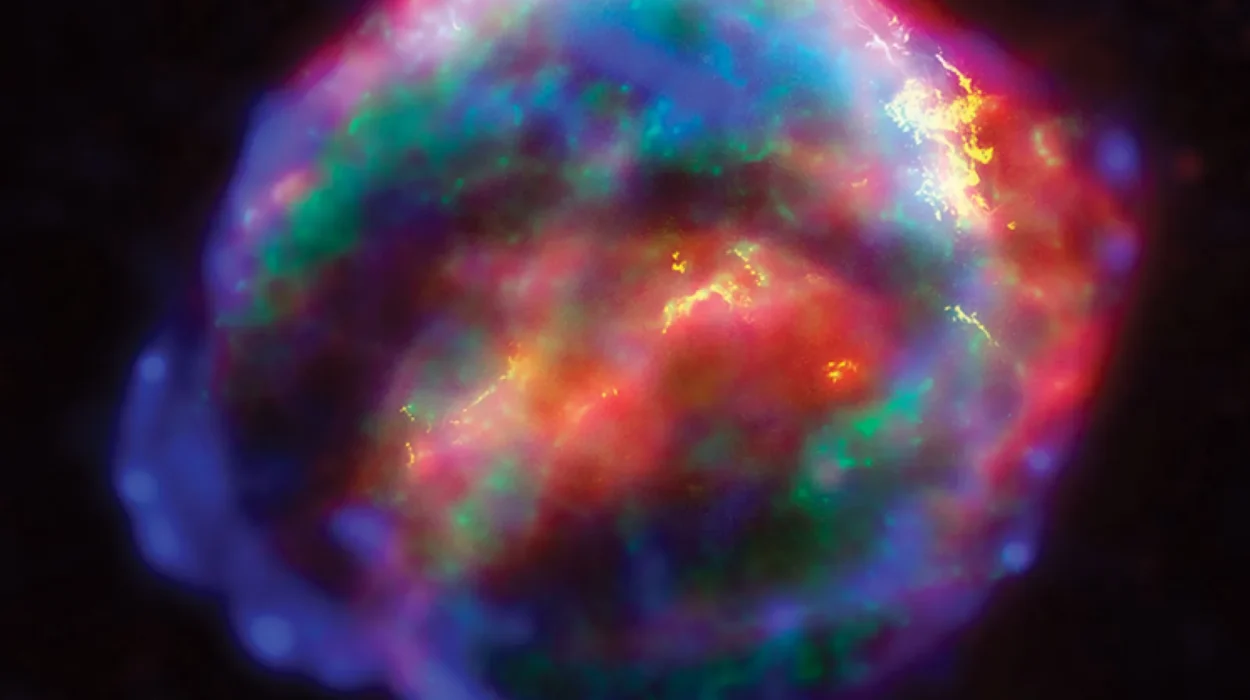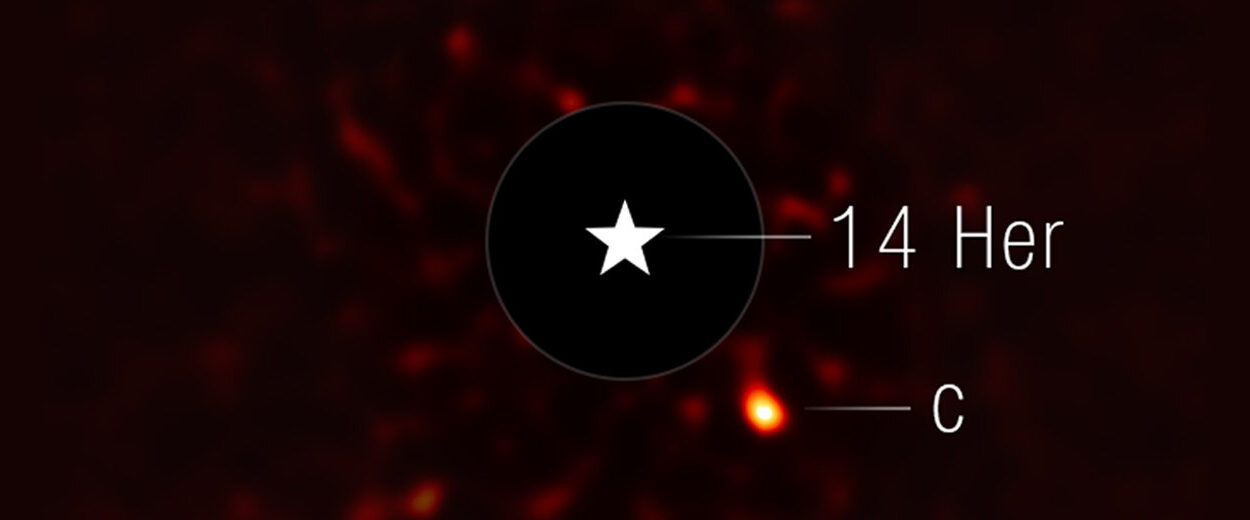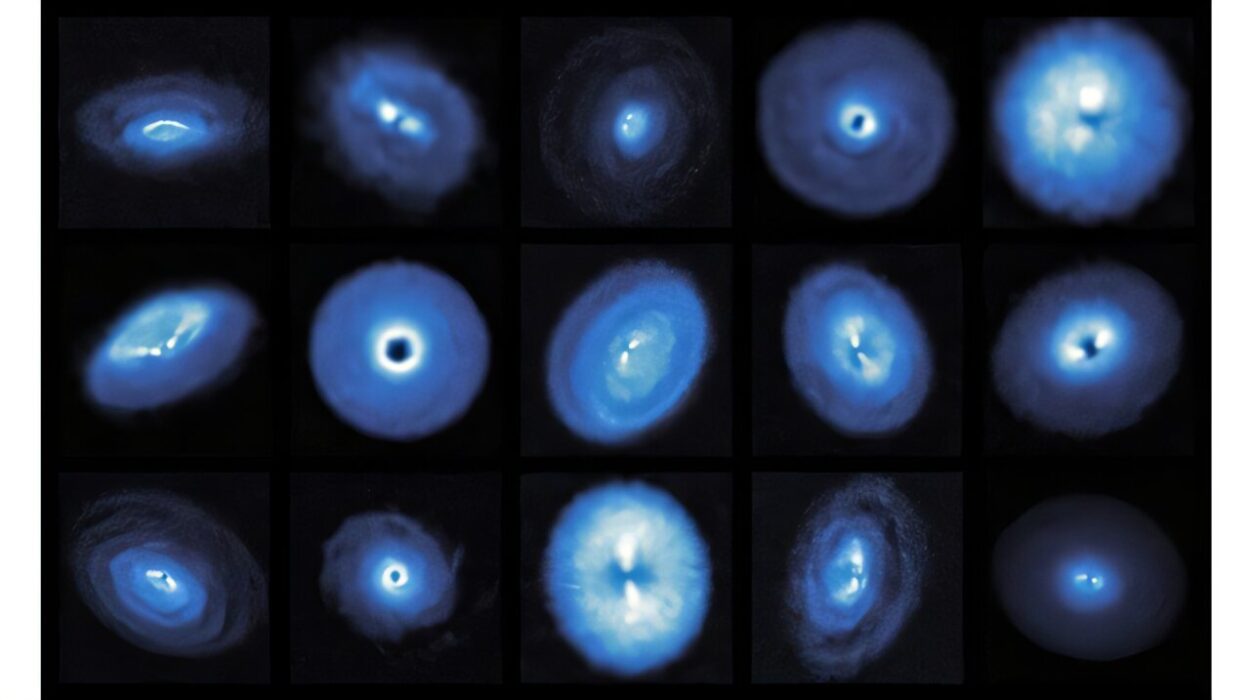In 2015, astronomer Tabetha Boyajian and her team pointed their telescopes toward a star nearly 1,500 light-years away and noticed something astonishing. Its light did not shine steadily as stars usually do; instead, it flickered, dimming in strange, seemingly unnatural ways. For a brief moment, humanity allowed itself to dream big—could this be the first evidence of a vast artificial structure, built by a civilization far older and more powerful than our own? The star quickly became known as “Tabby’s Star,” capturing imaginations across the globe.
The idea of a Dyson sphere—a colossal shell built to capture a star’s energy—seemed to fit. Such megastructures have long been staples of science fiction, envisioned as the ultimate mark of a civilization so advanced it harnesses its entire star’s power. But as data piled up, the dream dimmed. Astronomers ruled out the Dyson sphere explanation, leaning instead toward more natural causes such as dust clouds or comet swarms. Yet the spark of possibility remained. Even if Tabby’s Star turned out to be natural, the concept of stellar megastructures refuses to fade because it raises profound questions about technology, survival, and the legacy of intelligent life.
The Unquenchable Thirst for Energy
As civilizations grow, so too does their hunger for energy. Humans have already gone from burning wood to splitting atoms and capturing sunlight. We now consume energy on a planetary scale, tapping resources from deep beneath Earth’s crust to the edges of orbit. If humanity’s technological progress continues for millennia, it’s reasonable to think we might one day reach for our star itself, seeking to harvest its full power.
This is where the idea of the Dyson sphere—or more realistically, a Dyson swarm—emerges. First proposed by British-American physicist Freeman Dyson in 1960, though inspired by science fiction author Olaf Stapledon decades earlier, it imagines dismantling planets and asteroids to build countless solar collectors orbiting the star. Unlike a rigid sphere—which physics later proved unstable—a swarm would be a constellation of satellites that drink in starlight and beam energy to wherever it’s needed.
To put this into perspective, even if such a swarm captured a mere fraction of the star’s light—just one-tenth of 1% of the spherical area at Earth’s distance from the Sun—it would still deliver millions of times more power than all sunlight striking Earth’s surface today. A civilization achieving this feat would rise to a Type II status on the Kardashev scale, a measure of energy mastery so advanced that our current global consumption would look like a flickering candle by comparison.
Building for Eternity, or Just a Cosmic Moment?
If advanced civilizations exist, shouldn’t we see these vast constructs shimmering across the galaxy? This puzzle drives research like that of Brian C. Lacki from the Breakthrough Listen project. Lacki points out that even if every star hosted intelligent life at some point, spotting their technology would be rare—unless their creations lasted millions of years. And therein lies the challenge: megastructures may not endure long enough to become common cosmic landmarks.
Through intricate geometrical and dynamical modeling, Lacki explored how long a Dyson swarm—made of vast, thin occulters large enough to noticeably dim a star’s light—could survive if left unattended. What he found paints a picture of both wonder and impermanence.
Imagine a swarm around a Sun-like star, with at least 340 elements carefully arranged to block part of the star’s light from every viewing angle. Despite the vastness of space, these elements would occasionally collide. The average time between collisions might be a million years, but physics is rarely kind enough to wait for averages. Sooner than expected—about 41,000 years—a chain reaction of collisions would grind the swarm into dust.
In cosmic terms, 41,000 years is barely a blink. For civilizations hoping to leave behind a beacon long after they’ve vanished, it’s hardly enough time for future explorers to stumble upon their stellar handiwork.
The Galactic Dance of Creation and Destruction
Nature is relentless. A Dyson swarm would not float peacefully forever. Gravitational perturbations from neighboring planets, radiation pressure from the star, and even the star’s slight bulge at its equator would nudge the satellites into chaotic paths. Without constant maintenance—automated or otherwise—these shifts would cause the swarm’s elements to drift, collide, and cascade into debris.
Massive planets like Jupiter would be particularly troublesome. In our own solar system, Jupiter’s gravity could destroy an Earth-orbit Dyson swarm in a few hundred thousand years. Lacki speculates that a civilization might respond by stripping planets and asteroids entirely, leaving a clean, empty solar system where only the star and swarm remain.
For a red giant star, with a swollen radius 25 times that of the Sun, a minimal swarm could survive for 5.3 billion years—much longer than around a smaller star. But around red dwarfs, where planets would need to orbit closely to capture energy, a swarm could collapse in mere months.
To extend a swarm’s life, advanced engineers might design concentric rings of collectors, similar to the layered orbits of Earth’s satellites. This arrangement reduces collisions, but even then, stability is measured in tens of thousands—not millions—of years.
The Paradox of Cosmic Silence
The implications of this research ripple through our understanding of the Fermi paradox—the haunting question of why, despite the vastness of the galaxy, we see no sign of intelligent life. One possibility is chilling: civilizations might build magnificent megastructures, harness the power of their suns, even spread across galaxies—only for entropy to reclaim their achievements long before distant observers like us ever look their way.
A Type III civilization—one that captures the light of an entire galaxy—might dismantle every planet, sterilizing billions of star systems to build its cosmic machine. For a time, the galaxy would blaze with engineered brilliance. But when its maintenance ceases, when its architects vanish or move on, gravity and collisions would slowly destroy everything. In the end, the galaxy would appear as barren as if life had never emerged there at all.
This possibility adds a bittersweet layer to the search for extraterrestrial intelligence. It suggests that even civilizations capable of miracles are subject to decay, their greatest works swept away by time and physics. Perhaps the silence of the cosmos is not because intelligence never arose, but because permanence was never possible.
What It Means for Our Future
For humanity, still a fledgling civilization, these findings are both cautionary and inspiring. They warn us that reaching Type II or III status will not grant eternal stability. Even our grandest creations will eventually fall to nature’s ceaseless tides unless we actively preserve them.
But they also hint at the extraordinary potential of intelligent life. To even consider dismantling planets and weaving stellar swarms is to imagine reshaping reality itself. Dyson’s vision reminds us that life’s thirst for energy, understanding, and survival might know no limits—and that one day, we could join the ranks of cosmic architects.
If we succeed, we must face a profound question: should we build merely to survive, or also to communicate across time? A Dyson swarm could outlive us, carrying humanity’s signature light across eons. But like the civilizations we dream of discovering, we may find that our message fades, erased by collisions and cosmic winds, leaving no trace but starlight as empty as when we began.
A Universe Waiting for Answers
Tabby’s Star continues to puzzle astronomers. The mystery of its flickering light may be mundane, yet the search it ignited carries something extraordinary: the recognition that we are part of a vast, unfinished story. We wonder not only if others have built Dyson swarms but also whether, across the gulf of time and space, anyone might one day see ours.
In the end, stellar megastructures are not just feats of engineering—they are echoes of existence, attempts by civilizations to carve meaning into the fabric of the universe. Whether they endure for months, millennia, or billions of years, they remind us that life strives to leave a mark, to say: We were here. We dreamed. We reached for the stars.
Perhaps, somewhere out there, a long-collapsed Dyson swarm still drifts as dust, the last whisper of a civilization lost to time. Perhaps one day, we will find it—and in its silent ruins, recognize our own future written in the cosmos.
Reference: Brian C. Lacki, Ground to Dust: Collisional Cascades and the Fate of Kardashev II Megaswarms, The Astrophysical Journal (2025). DOI: 10.3847/1538-4357/adccc5
